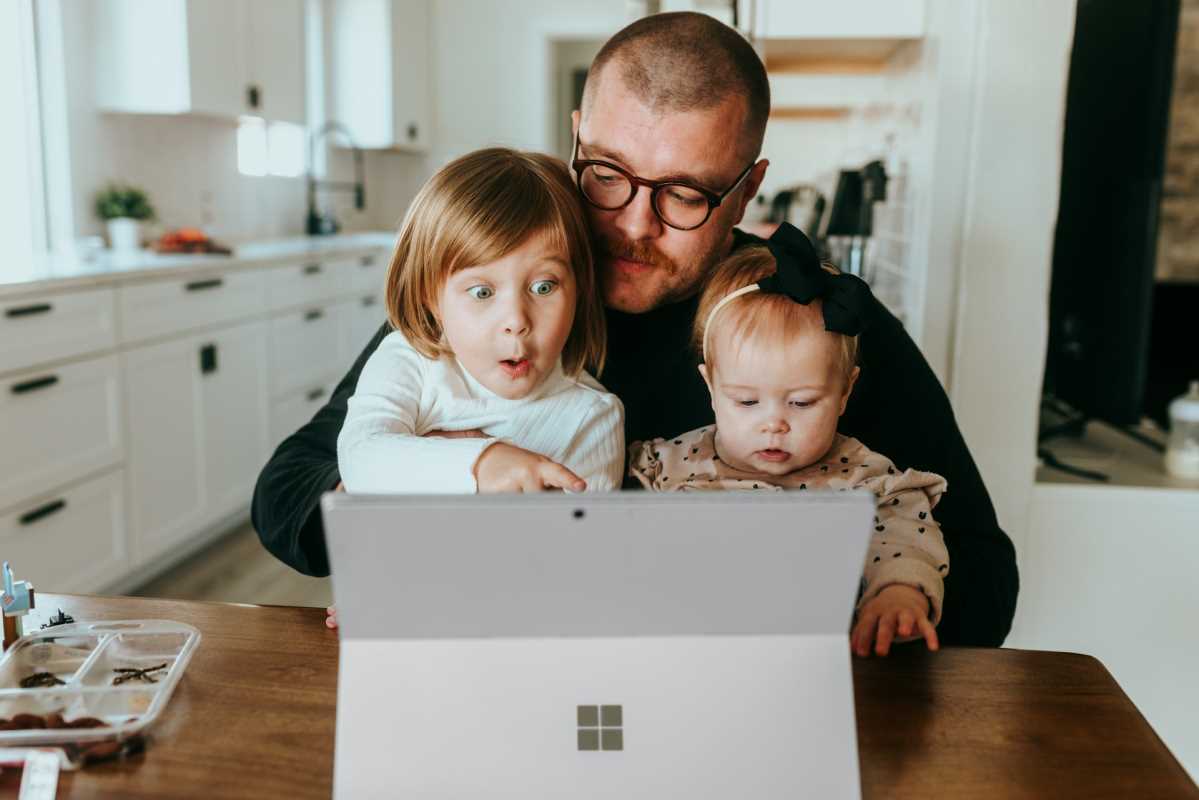Imagine this scenario. You’re shopping online for a new hoodie. You find one you love, but it’s not quite right. You want it in a different color, maybe with your initials embroidered on the sleeve. Enter product customization software, which takes that “almost perfect” product and lets you make it completely perfect. It’s what allows you, the customer, to be the designer, the dreamer, the decision-maker. And for businesses, this seemingly tiny tweak can create massive impact—increased sales, deeper customer loyalty, and an overall boost in engagement.
But what is this magic tool called product customization software? How does it actually work, and why is it so effective? Grab a coffee, and let’s break it down in plain, no-tech-jargon terms.
What Is Product Customization Software?
At its heart, product customization software is a tool that allows customers to personalize products directly on your website. It’s like building your own pizza online but applied to anything from shoes and phone cases to furniture and cars. Customers use a sleek, user-friendly interface (usually with fun 3D previews) to select features like color, size, patterns, materials, text engraving, or even designs.
The result? Customers feel like they’ve had a hand in creating their very own unique product. And as a business, that kind of personalization makes all the difference.
Why Product Customization Works Like Magic
Turning website visitors into paying (and returning) customers isn’t easy. That’s where product customization saves the day. It taps into a powerful human desire—to express individuality. People want more than a mass-produced item; they crave something that feels uniquely “theirs.”
Here are a few reasons why offering product customization boosts sales and engagement like a pro marketer on caffeine:
1. Customers Feel Empowered
When people can create a product to match their tastes, they feel more in control. This empowerment isn’t just satisfying; it’s motivating. If someone spent 10 minutes designing a customized mug for their desk, chances are they’re way more likely to purchase it than someone just picking a generic mug off the virtual shelf.
2. Harder to Say No to What You’ve Designed Yourself
There’s a psychological principle called the IKEA effect. Basically, people place higher value on something they’ve had a hand in creating—even if it’s just assembling furniture (we’re looking at you, IKEA). Product customization software taps into that same idea. Once a customer has poured their creativity into crafting the perfect product, saying “no” to it feels like rejecting their own idea… and who’s going to do that?
3. Better Customer Experience = Happy Customers
Giving people options is the digital equivalent of saying, “You matter to us.” It showcases that a brand understands one-size-fits-all doesn’t work anymore. And when you deliver a great experience, it keeps customers coming back for more—even if just to design the next cool product.
4. Higher Price Point? No Problem
Did you know people are willing to pay more for customized products? A plain laptop sleeve might cost $20, but slap on custom patterns, initials, and adjustable features, and you’ve got a $40 product customers are still happy to buy. Personalization adds perceived value like nothing else.
Real-World Examples of Customization Success
Product customization isn’t just a trendy buzzword. Brands across industries are leveraging it to supercharge sales. Here are a few shining examples of how businesses are killing it with customization:
- Nike (fashion): With their famous “Nike By You” feature, customers can design their sneakers with unique colors, designs, and even personal messages. It’s no surprise the program has skyrocketed demand.
- Casetify (tech accessories): Their make-your-own-phone-case tool features everything from custom photos to cool fonts. Customers love flaunting cases that feel personal and Insta-worthy.
- Cricut (DIY/home): Cricut lets users craft customized DIY products like stickers and decals. Their customization tools have not only boosted sales but helped build a fiercely loyal online community.
Tips to Implement Product Customization for Maximum Impact
Adding customization options sounds fantastic, but it’s not just about slapping a “design your product” button on your site. Here’s how to do it right:
1. Keep the Interface Intuitive
No one wants to need a manual to figure out how to customize a product. Your software must be easy to use, with drag-and-drop tools or simple sliders. If it’s causing headaches, people will click away fast.
2. Offer Meaningful Options
Customizations should be thoughtful, not superficial. Allow changes that genuinely impact the product’s look, feel, or function. For example, allowing customers to pick between 20 shades of blue isn’t as exciting as letting them add a personal quote or choose from materials like leather and canvas.
3. Provide a Preview
Never underestimate the power of visuals! Showing customers a real-time preview of their creation helps them visualize the final product, which increases their likelihood of committing to the purchase.
4. Price Smartly
Yes, you can (and should) charge more for customized products, but find the sweet spot. Make the added cost proportionate to the perceived value. Customers should feel like they’re paying for a premium experience, not being overcharged.
5. Gather Feedback and Adjust
Just because you add customization software doesn’t mean your job is over. Regularly collect feedback to improve the experience and add new features. Your customers might tell you they’re dying for a specific kind of customization you didn’t think of!
The Power of Personalization in E-Commerce Right Now
Product customization is part of a bigger trend in e-commerce. Personalization is no longer just a “nice-to-have”—it’s central to modern shopping. People expect brands to know their preferences, anticipate their needs, and treat them as individuals. Customization delivers on all those fronts and helps you form real connections with your customers.
What’s more, with advancements in technology like AI (artificial intelligence) and AR (augmented reality), this trend is only getting bigger. Imagine a world where customers can use their phone cameras to see how a customized couch would look in their living room before buying. Yeah, that’s the kind of stuff we’re talking about.
Product customization software is a strategy, a differentiator, and for most businesses, a game-changer. It boosts sales by letting customers create products they can’t resist. It fosters customer engagement because, honestly, playing around with customization tools is just fun.
For businesses looking to stay competitive in the crowded e-commerce space, jumping on the customization train isn’t optional anymore; it’s essential. The key takeaway? Don’t sell people what you think they want. Give them the power to create what they want, and watch your brand loyalty and revenue skyrocket.
 (Image via
(Image via





